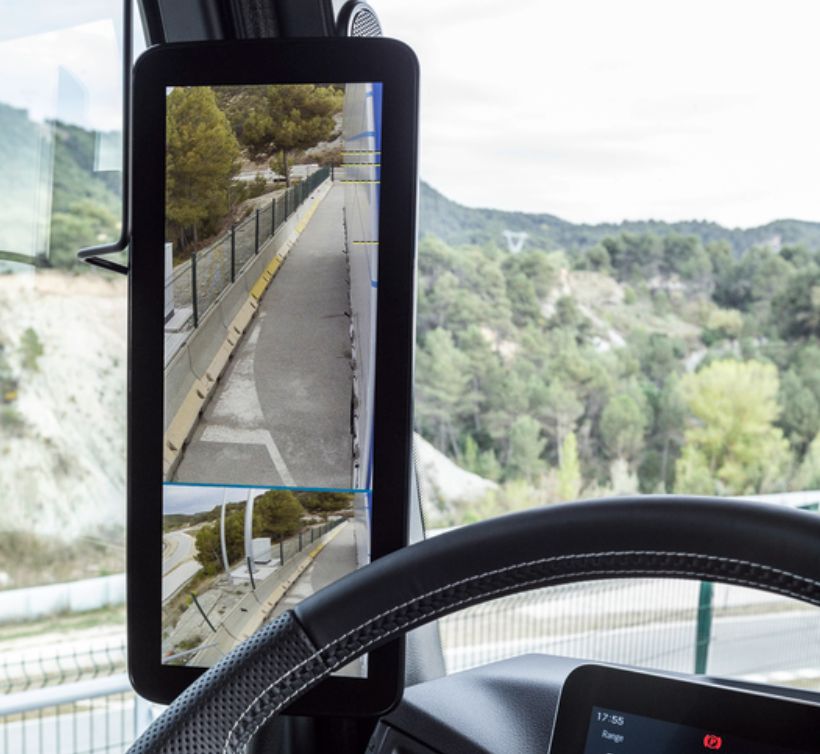MUNICH/STUTTGART: When Marco Schieber manoeuvres his 40-ton truck through city traffic, there’s always a bit of fear.
It’s not that the experienced truck driver can’t easily cope with the huge dimensions of the vehicle. No, what worries him is the blind spot.
"As high as we sit in the cab and as short as the overhangs of the body are, we really can't see large areas of the immediate surroundings," he says during a driver training course for truck manufacturer MAN.
Danger zone for pedestrians
To illustrate his point, Schieber gets out and walks around the truck. Immediately he becomes invisible from the point of view of anyone sitting in the cab.
"And it's not just pedestrians who become invisible to us, but also cyclists and sometimes even entire cars simply disappear," he says.
People walking or cycling are not infrequently seriously injured or killed because they’re invisible to trucks, buses and other large vehicles that are turning right (or left in right-hand drive markets such as Malaysia).

It’s been a known problem for years, and various solutions and information campaigns have been tried. In France, for example, large warning stickers are now mandatory on trucks.
Hans-Georg Marmit from German vehicle safety organisation KÜS identifies the right flank of trucks in particular as a danger zone.
"Anyone standing too close to a turning truck at a traffic light or intersection, for example, is invisible to the driver and in acute danger of death,” he says.
"This topic is also high on our agenda," says Marcus Oberlies from SVG Fahrschulzentrum Südwest, a training school for truck drivers in Frankfurt, Germany.
Even before the first trip, truckers are made aware of the correct setting of the mirrors.
"But we also demonstrate while still stationary with various experiments how an entire school class suddenly becomes invisible next to a truck,” the driving instructor says.

Training, laws and careful driving are all well and good, but because these alone aren't enough, more and more manufacturers are relying on technical assistance to fix the truck blind spot. Electronic exterior mirrors are one possible solution.
A mirror cam system was first introduced on Mercedes Actros trucks three years ago. Instead of physical mirrors, cameras are installed on cantilevers above the cab. The images from the cameras are transmitted to monitors on the A-pillar.
This has other advantages in addition to the increased field of vision. There are no mirrors to get fogged or dirty and because the monitors are smaller than mirrors, less direct viewing area is obscured.

MAN also wants to get rid of the blind spot, which is why it introduced Optiview for its trucks at the start of this year. The system uses a total of five cameras installed in outriggers on the upper edge of the cab.
There are two on each side that look to the rear with different viewing angles, and one looks in front of the vehicle from the passenger side. Digitally stitched together, the images are transmitted to two high-resolution displays on the A-pillars.
At speeds below 10kph, the live image from the nose camera is shown on the info display in the cockpit. That way the cameras allow a wider viewing angle than mirrors, making road users visible who would otherwise be obscured.












